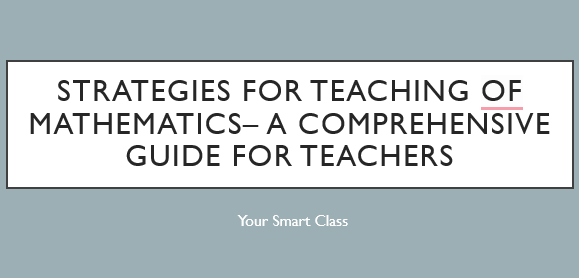Learning by Discovery – Nature and Purpose of Learning by Discovery
Learning by discovery is an effective teaching method where learners actively explore concepts instead of passively receiving information. This blog explains the nature and purpose of discovery learning, its educational benefits, and its role in developing critical thinking, creativity, and problem-solving skills in students.
Learning by Discovery – Nature and Purpose of Learning by Discovery Read More »










